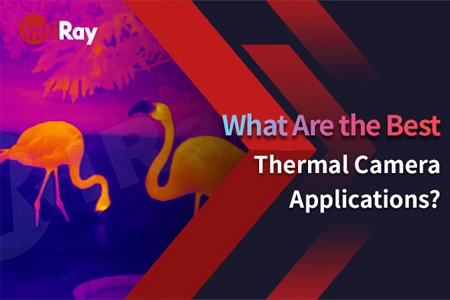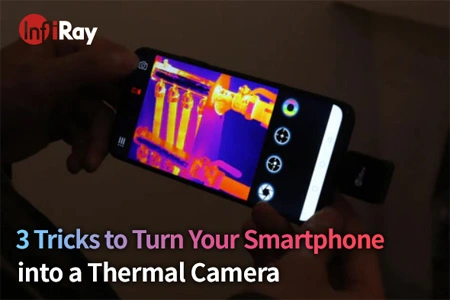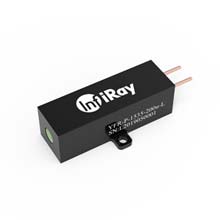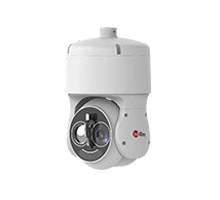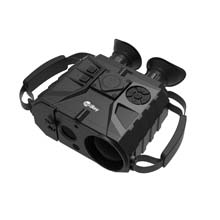Why do most thermal cameras have such a low resolution?
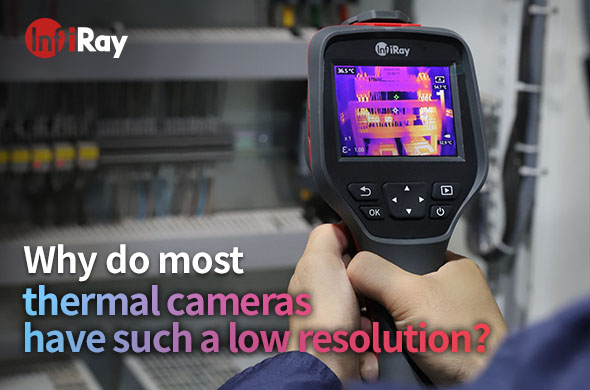
Thermal cameras have fascinated us for decades with their ability to reveal hidden worlds of heat. From detecting intruders in the dark to diagnosing equipment malfunctions, thermal cameras have become indispensable tools across various industries. However, there's one lingering question that often plagues thermal camera enthusiasts: Why do most thermal cameras have such a low resolution?
Understanding Thermal Imaging and Resolution
Before diving into the nitty-gritty, let's briefly understand the basics. Thermal imaging relies on capturing infrared radiation emitted by objects and converting it into a visual image. This image is formed using pixels, just like in a regular camera. Here's where resolution comes into play: it determines the sharpness and clarity of the thermal image. Higher resolution means more pixels, which translates to a clearer picture.
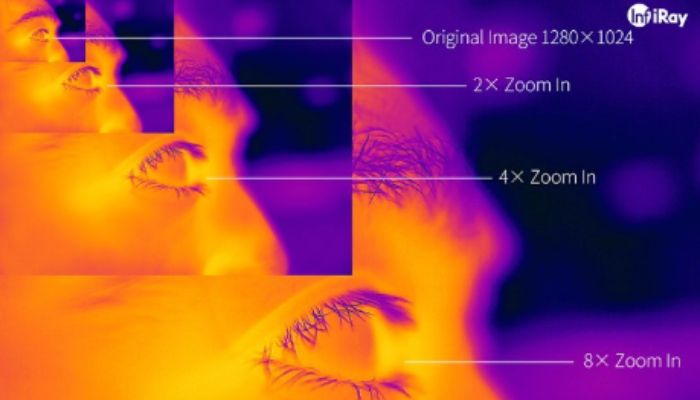
Why Do Most Thermal Cameras Have Such a Low Resolution?
1. Technical Limitations:
· Detector Technology: Traditional thermal cameras use detectors that are a bit like the eyes of the camera. These detectors are responsible for capturing the infrared radiation emitted by objects. The problem is, older detectors had limitations in their ability to capture fine details. It's like trying to see a tiny print with blurry glasses.
· Thermal Sensitivity: Achieving high thermal sensitivity while maintaining high resolution is like walking a tightrope. It's a tricky balancing act. Pushing for higher sensitivity often sacrifices resolution, and vice versa. It's a bit like trying to ride a unicycle while juggling; it's not easy to do both at once.
2. Cost Constraints:
· High-Resolution Sensors: Creating sensors with higher resolutions can be quite expensive. It's like buying a top-of-the-line sports car; it's fast and powerful, but it'll cost you a pretty penny.
· Market Demand: Most consumers prioritize affordability over ultra-high resolution. Manufacturers cater to this demand by offering cameras that strike a balance between performance and cost. It's a bit like choosing a car that gets good gas mileage rather than a high-speed racer.
· Power and Processing: High-resolution cameras demand more power and processing capacity, which can make them impractical for some applications. It's akin to having a sports car that guzzles fuel; it might not be the best choice for a long road trip.
While these factors have historically kept thermal camera resolution from reaching its full potential, there's hope on the horizon. Technological advancements are pushing the boundaries of what's possible, and companies like InfiRay Ultra Clear are breaking new ground by achieving higher resolutions without compromising performance. It's like upgrading from a standard car to a turbocharged model, getting both power and efficiency.
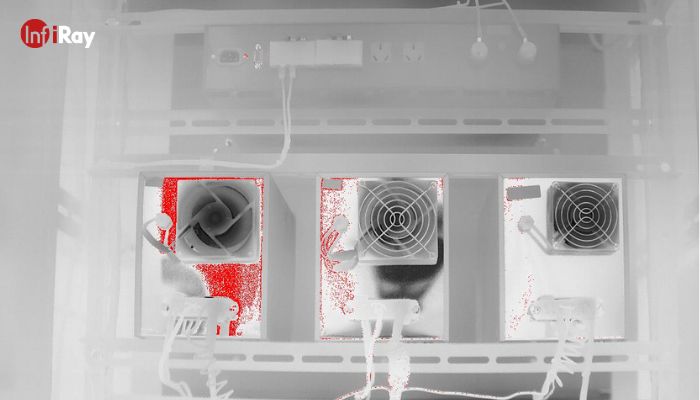
InfiRay Ultra Clear Thermal Cameras: A Game-Changer
Enter InfiRay Ultra Clear thermal cameras, a revolutionary breakthrough in thermal imaging technology. InfiRay has defied convention, pushing the boundaries of thermal camera resolution. Here's how they did it:
1. Advanced Detector Technology:
· InfiRay employs cutting-edge detector technology that captures more thermal information.
· This breakthrough allows for higher pixel counts without compromising sensitivity.
2. Enhanced Image Processing Algorithms:
· InfiRay's image processing algorithms work tirelessly to refine and sharpen thermal images.
· The result? Remarkably clear images that rival traditional high-resolution cameras.
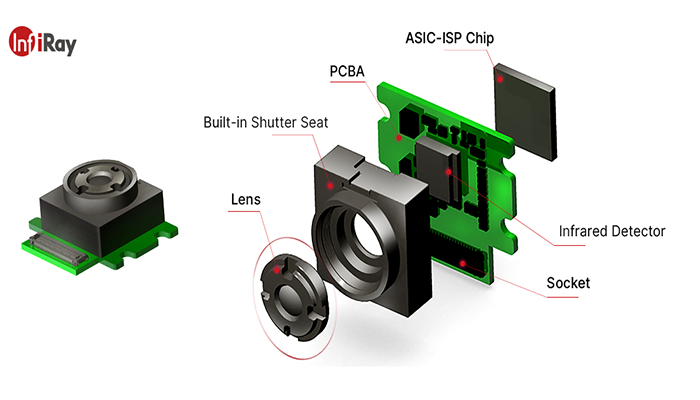
Uses and Benefits of Higher Resolution Thermal Cameras
Why should you care about higher resolution in thermal cameras? Well, let's dive deeper into some exciting and practical applications that will show you just how beneficial it can be.
1. Safeguarding Your Home: Imagine you're peacefully asleep in your home when suddenly, an intruder attempts to sneak in under the cover of darkness. This is where higher-resolution thermal cameras come into play. With their enhanced clarity, you'll be able to spot the intruder more easily, making your home security system more effective. You'll sleep soundly knowing that your thermal camera has your back.
2. Industry Inspections with Precision: In the industrial world, machinery and equipment often generate heat. Detecting equipment faults and hotspots is crucial to preventing breakdowns and ensuring safety. Higher-resolution thermal cameras excel in this area. They can pinpoint problem areas with precision, allowing engineers and technicians to address issues before they become costly disasters. It's like having a thermal superhero for your factory.
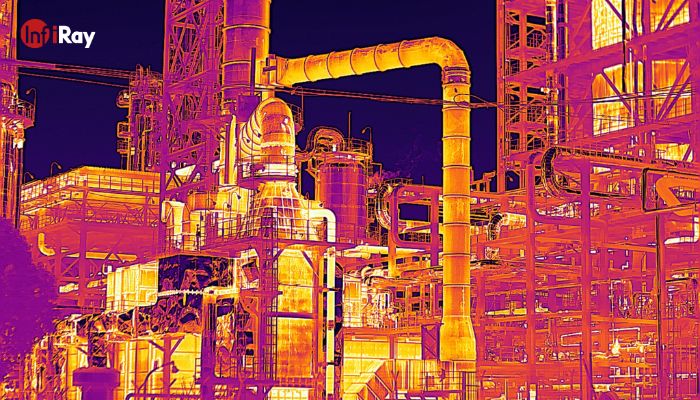
3. Wildlife Observation: Ever wanted to explore the mysteries of the animal kingdom after the sun goes down? Higher-resolution thermal cameras make it possible. Whether you're tracking elusive nocturnal creatures or observing animals in their natural habitat, these cameras reveal intricate details. Imagine capturing the mesmerizing patterns on a zebra's coat or the thermal dance of a hunting owl. It's a whole new world of wildlife photography waiting to be explored.
4. Search and Rescue: When disaster strikes and lives are on the line, every second counts. Higher-resolution thermal cameras can be a lifesaver in search and rescue missions. They can detect body heat more accurately, helping rescue teams locate survivors in challenging conditions such as collapsed buildings or dense forests. It's like having a pair of thermal-powered superhero goggles.
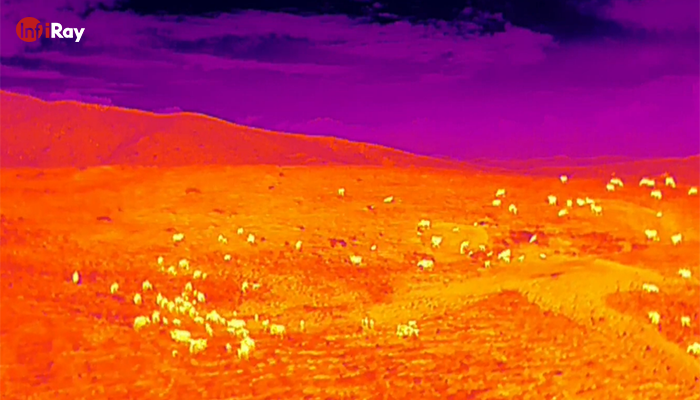
5. Medical Applications: In the world of medicine, thermal cameras are increasingly finding their way into diagnostics. Higher resolution allows for more precise temperature measurements, making them invaluable tools for detecting health issues. Imagine a doctor using a thermal camera to pinpoint inflammation or infections with pinpoint accuracy. It's like having a medical detective in your pocket.
6. Automotive Safety: Autonomous vehicles are the future of transportation, and thermal cameras are playing a vital role in their development. Higher-resolution thermal cameras enhance the vehicle's ability to detect pedestrians, cyclists, and animals in low-light conditions, contributing to safer roads. It's like giving your car a pair of thermal superhero eyes to watch out for potential obstacles.
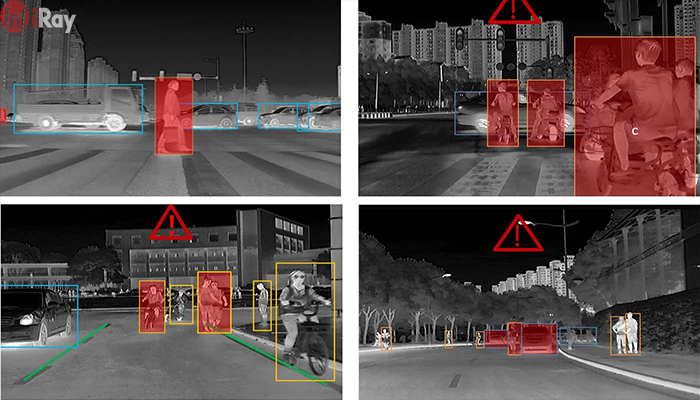
7. Firefighting and First Responders: Firefighters and first responders often operate in extreme conditions where visibility is severely limited. Higher-resolution thermal cameras can cut through smoke, darkness, and chaos to locate victims and navigate treacherous environments. It's like giving these heroes a superpower to save lives.
The Future of Thermal Imaging Resolution
What does the future hold for thermal camera resolution? Here are some insights:
1. Ongoing Innovation:
· Companies like InfiRay continue to push the envelope, driving further improvements.
· Expect more breakthroughs in detector technology and image processing.
2. Emerging Applications:
· As resolution improves, thermal imaging will find new applications in fields like medicine and autonomous vehicles.
· Enhanced resolution will become a standard feature, not a luxury.
In the world of thermal imaging, the quest for higher resolution has always been a tantalizing challenge. InfiRay Ultra Clear has not only risen to this challenge but has exceeded expectations, offering a glimpse into a future where thermal imaging knows no bounds. Say goodbye to the limitations of low resolution and embrace the clarity and precision of InfiRay Ultra Clear.

 français
français  Deutsch
Deutsch  Español
Español  italiano
italiano  português
português  العربية
العربية  日本語
日本語  한국어
한국어  magyar
magyar 






